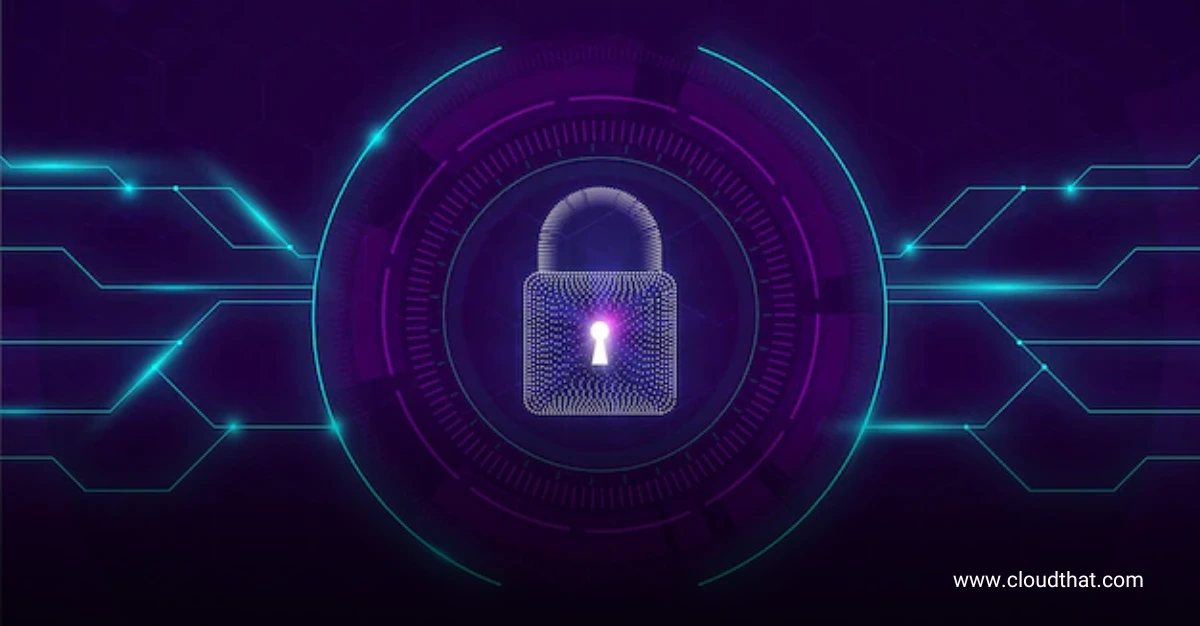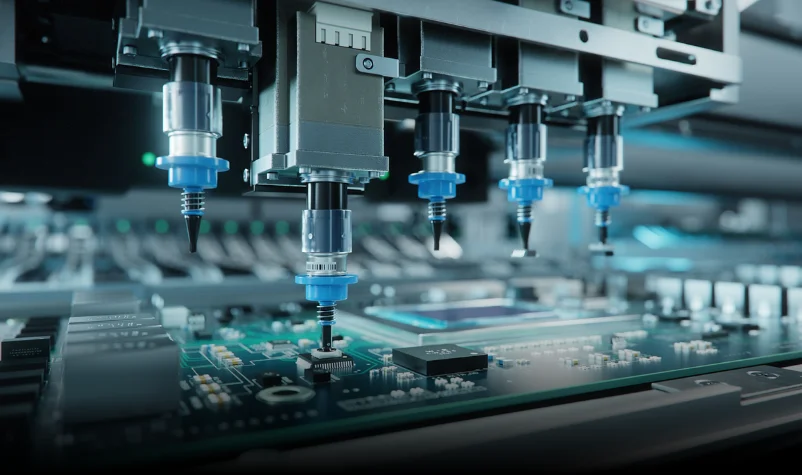|
Voiced by Amazon Polly |
Overview
In today’s digital world, data is being generated at an unparalleled rate. Businesses must process and analyze data in real-time to acquire useful insights, make sensible choices, and remain competitive. Conventional batch processing techniques are no longer effective in meeting these demands. Real-time data processing allows organizations to manage data as it comes in, offering quick insights and lowering latency.
Amazon Redshift, an entirely managed data warehouse service, provides a reliable solution for processing data in real-time when combined with AWS Kinesis, an advanced real-time data streaming service. This blog explores how to combine Amazon Redshift with AWS Kinesis to create a smooth real-time data processing pipeline.
Pioneers in Cloud Consulting & Migration Services
- Reduced infrastructural costs
- Accelerated application deployment
Amazon Redshift and AWS Kinesis
Amazon Redshift: Amazon Redshift is a quick, scalable data warehouse that allows you to easily and affordably analyze your data using normal SQL and existing Business Intelligence (BI) tools. It allows you to conduct complicated queries over big datasets, making it perfect for large-scale data analytics. Redshift is designed for performance and cost, offering fast query speeds and various pricing models.
AWS Kinesis: AWS Kinesis is a suite of services designed to handle real-time data streaming. It includes Amazon Kinesis Data Streams, Amazon Kinesis Data Firehose, and Amazon Kinesis Data Analytics:
- Amazon Kinesis Data Streams: Enables you to build custom, real-time applications that process or analyze streaming data for specialized needs.
- Amazon Kinesis Data Firehose: The easiest way to reliably load streaming data into data lakes, data stores, and analytics services. It can capture, transform, and load streaming data into Amazon Redshift, Amazon S3, Amazon Elasticsearch Service, and Splunk.
- Amazon Kinesis Data Analytics: Using standard SQL, you can analyze streaming data in real time.

Image source: Link
Integrating Amazon Redshift and AWS Kinesis
Step 1: Setting Up AWS Kinesis Data Streams
To start, create an Amazon Kinesis Data Stream to capture real-time data. This stream will act as the source of your data pipeline.
- Create a Data Stream: In the AWS Management Console, navigate to Amazon Kinesis and create a new data stream. Specify the number of shards, which determines the capacity of the stream.
- Ingest Data: Use AWS SDKs, AWS CLI, or Kinesis Agent to send data to the stream. Data can come from various sources, such as application logs, social media feeds, or IoT devices.
Step 2: Configuring AWS Kinesis Data Firehose
Next, set up an Amazon Kinesis Data Firehose delivery stream to transform and load data into Amazon Redshift.
- Create a Delivery Stream: In the Kinesis section of the AWS Management Console, create a new delivery stream. Choose the source as the Kinesis Data Stream you created earlier.
- Transform Data (Optional): Configure data transformation using AWS Lambda if necessary. This allows you to preprocess data before loading it into Redshift.
- Configure Redshift as the Destination: Set Amazon Redshift as the destination for the delivery stream. Provide the Amazon Redshift cluster details, database name, table name, and the AWS IAM role granting Firehose permission to access Amazon Redshift.
Step 3: Preparing Amazon Redshift
Ensure that your Amazon Redshift cluster is ready to receive data.
- Create Amazon Redshift Cluster: If you don’t have an existing cluster, create one through the AWS Management Console. Choose the appropriate node type and cluster configuration based on your performance and cost requirements.
- Create Tables: Define the schema and create the necessary tables in your Amazon Redshift database to store the incoming data. Ensure the table structures match the data format sent from Kinesis Data Firehose.
Step 4: Loading Data into Amazon Redshift
Streaming data will automatically load into Amazon Redshift with the Kinesis Data Firehose configured.
- Monitor Data Flow: Use the AWS Management Console to monitor the status and metrics of your Kinesis Data Firehose delivery stream. Ensure that data is being ingested, transformed (if applicable), and loaded into Redshift without issues.
- Query Data in Real Time: Once the data is in Redshift, you can use SQL queries to analyze it in real-time. Leverage Amazon Redshift’s performance capabilities to promptly gain insights from your streaming data.
Best Practices for Real-Time Data Processing
Optimize Amazon Redshift Performance
- Distribution and Sort Keys: Use appropriate distribution and sort keys to optimize query performance. Choose distribution keys that evenly distribute data across nodes and sort keys that match the query patterns.
- Compression: Apply columnar compression to reduce storage requirements and improve I/O efficiency.
- Concurrency Scaling: Enable concurrency scaling to handle sudden increases in query loads without impacting performance.
Security and Compliance
- Data Encryption: Enable encryption for data at rest and in transit to ensure data security. Use AWS Key Management Service (KMS) to manage encryption keys.
- Access Control: Implement fine-grained access control using AWS IAM policies and Amazon Redshift user permissions. Restrict access to sensitive data based on roles and responsibilities.

Image source: Link
Conclusion
Organizations may create powerful data pipelines that provide rapid insights and promote data-driven decision-making by combining the characteristics of both services.
Integrating Amazon Redshift with AWS Kinesis enables businesses to effectively handle and analyze streaming data, allowing them to respond to information as it arrives. Organizations can obtain a competitive advantage in the digital market by implementing best practices for optimization, effective data input, and security.
Drop a query if you have any questions regarding Amazon Redshift and AWS Kinesis and we will get back to you quickly.
Making IT Networks Enterprise-ready – Cloud Management Services
- Accelerated cloud migration
- End-to-end view of the cloud environment
About CloudThat
CloudThat is an award-winning company and the first in India to offer cloud training and consulting services worldwide. As a Microsoft Solutions Partner, AWS Advanced Tier Training Partner, and Google Cloud Platform Partner, CloudThat has empowered over 850,000 professionals through 600+ cloud certifications winning global recognition for its training excellence including 20 MCT Trainers in Microsoft’s Global Top 100 and an impressive 12 awards in the last 8 years. CloudThat specializes in Cloud Migration, Data Platforms, DevOps, IoT, and cutting-edge technologies like Gen AI & AI/ML. It has delivered over 500 consulting projects for 250+ organizations in 30+ countries as it continues to empower professionals and enterprises to thrive in the digital-first world.
FAQs
1. What main components are needed for real-time data processing with Amazon Redshift and AWS Kinesis?
ANS: – The main components include Amazon Kinesis Data Streams for capturing and streaming data, Amazon Kinesis Data Firehose for transforming and loading data, and Amazon Redshift for storing and analyzing data. Optional components include AWS Lambda for data transformation and Amazon CloudWatch for monitoring and logging.
2. How do Amazon Kinesis Data Streams handle data ingestion?
ANS: – Amazon Kinesis Data Streams collects and processes large streams of data records in real-time. It can handle data from various sources, such as application logs, social media feeds, or IoT devices. Data producers write records to Kinesis Data Streams, which are stored in shards for further processing.
3. Can I integrate other AWS services with this real-time data processing pipeline?
ANS: – Yes, you can integrate a variety of AWS services with this pipeline. For example, AWS Glue can be used for data cataloging, Amazon S3 can be used for additional data storage, Amazon QuickSight can be used for data visualization, and AWS Lambda can be used for advanced data processing. These integrations enhance the capabilities of your real-time data processing solution.

WRITTEN BY Khushi Munjal
Khushi Munjal works as a Research Associate at CloudThat, specializing in Tech Consulting. With hands-on experience in services like Redshift, EMR, Glue, Athena, and more, she is passionate about designing scalable cloud solutions. Her dedication to continuous learning and staying aligned with evolving AWS technologies drives her to deliver impactful results and support clients in optimizing their cloud infrastructure.


 Login
Login


 August 2, 2024
August 2, 2024 PREV
PREV










Comments